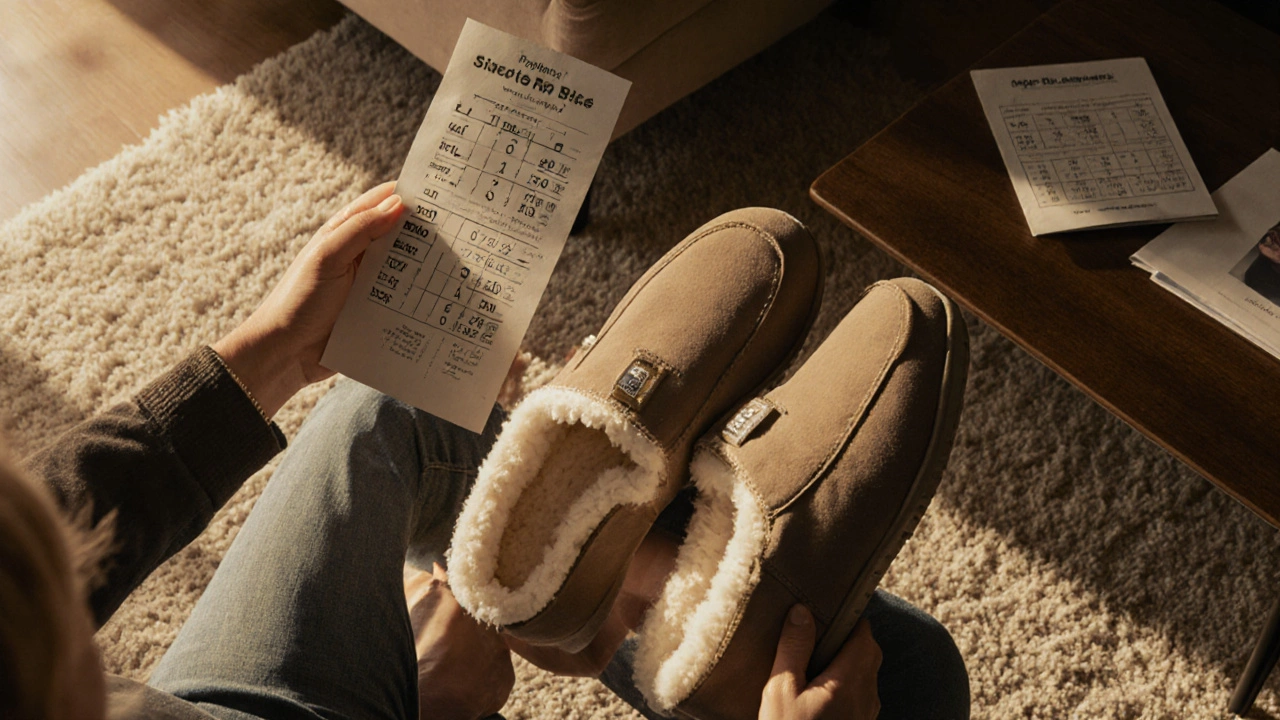Footwear Sizing: How to Find the Right Fit for Every Shoe Type
When you buy footwear sizing, the system that determines how shoes fit your feet across different brands and countries. Also known as shoe sizing, it’s not just about numbers—it’s about width, arch support, toe room, and how the shoe was built in the first place. A size 9 in one brand can feel like a 7.5 in another, and that’s not a mistake. It’s standard. Brands like Nike, Clarks, and Dr. Martens all use different lasts (the foot-shaped molds they build shoes on), so your go-to size might work in sneakers but leave you wincing in boots.
Then there’s shoe width, how wide the toe box and midfoot are, which matters more than length for many people. If your feet flare out or you have bunions, a narrow width can cause pain, even if the length fits. Brands like New Balance and Ecco offer multiple widths, but most UK retailers only stock medium. That’s why so many people end up buying shoes too long—just to get enough room across the ball of the foot. And don’t forget shoe sizing differences, how UK, US, and EU sizes don’t line up. A UK size 8 isn’t the same as a US 9 or an EU 42. Even within the UK, some stores still use old sizing charts from the 1980s. If you’ve ever bought a pair of heels that felt fine in the store but blistered your toes by lunchtime, this is why.
Then there’s the sneaky stuff: shoe fit, how the shoe hugs your foot when you walk, not just when you stand still. A good fit means your heel doesn’t slip, your toes don’t smash into the front, and the arch supports your natural curve—not crush it. Walking around the store isn’t enough. Try standing on a hard floor, bending your knees slightly, and mimicking your normal stride. If your foot feels squeezed or floats loose, it’s wrong. And don’t trust the ‘one size up’ myth. Running shoes need extra room, but dress shoes shouldn’t be loose. Your foot expands during the day, so try shoes on in the afternoon, wear the socks you plan to use, and walk at least 10 steps before deciding.
It’s not just about comfort. Bad sizing leads to bunions, plantar fasciitis, and knee pain over time. That’s why people over 50, athletes, and anyone on their feet all day need to pay attention. Our collection dives into real-world sizing problems—from why UGGs feel weird after a few months to how leather shoes stretch differently than synthetics, and why your American-sized sandals might not fit right in the UK. You’ll find guides on when to replace worn-out soles, how to measure your feet at home, and which brands actually stick to their size charts. No fluff. No guesswork. Just what works.
- Cleo Fairchild
- Oct, 26 2025
- 0 Comments
Are Slipper Sizes the Same as Shoe Sizes? - The Complete Guide
Discover whether slipper sizes match shoe sizes, learn how to measure your foot, read conversion charts, and get tips for finding the perfect fit.
